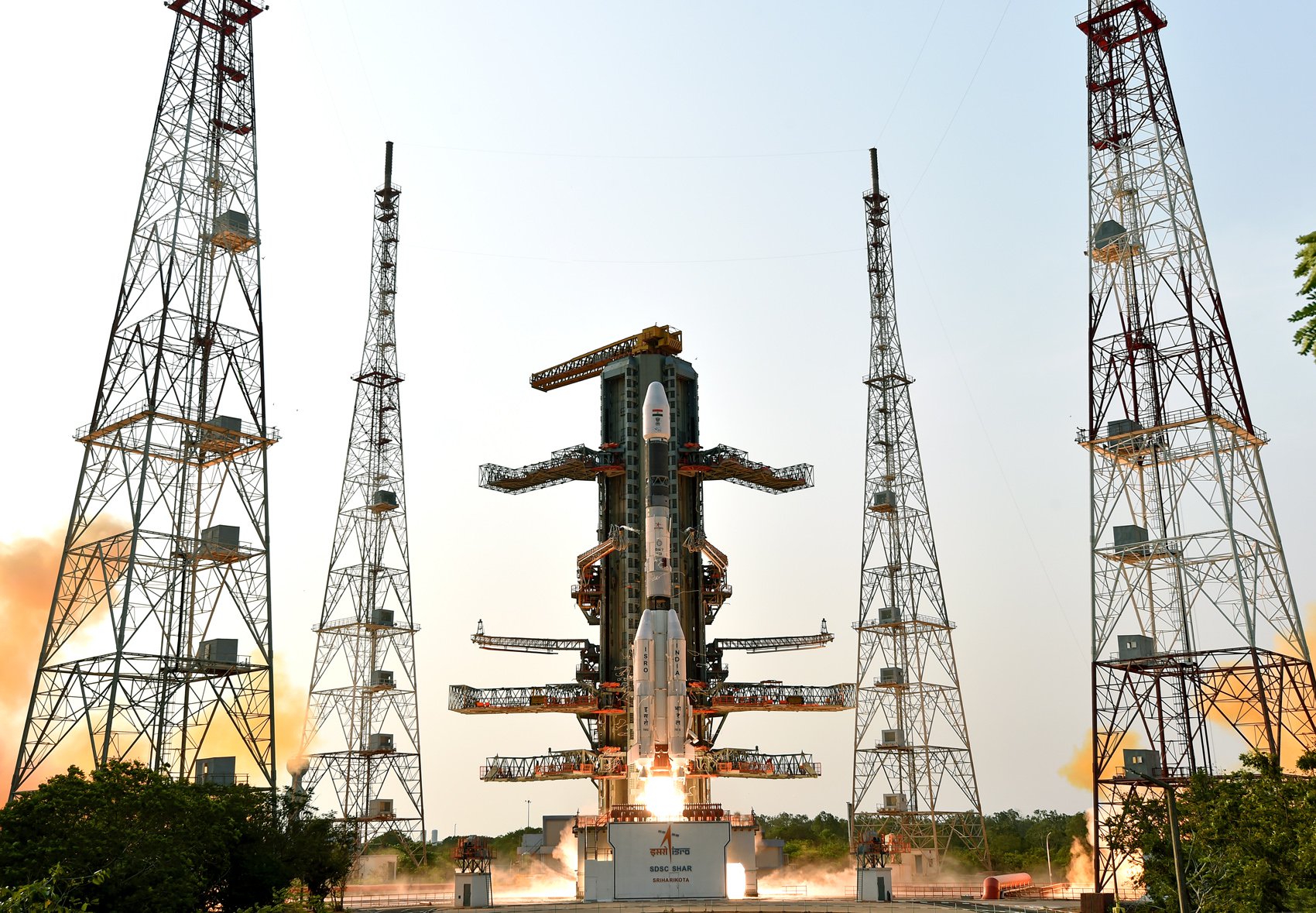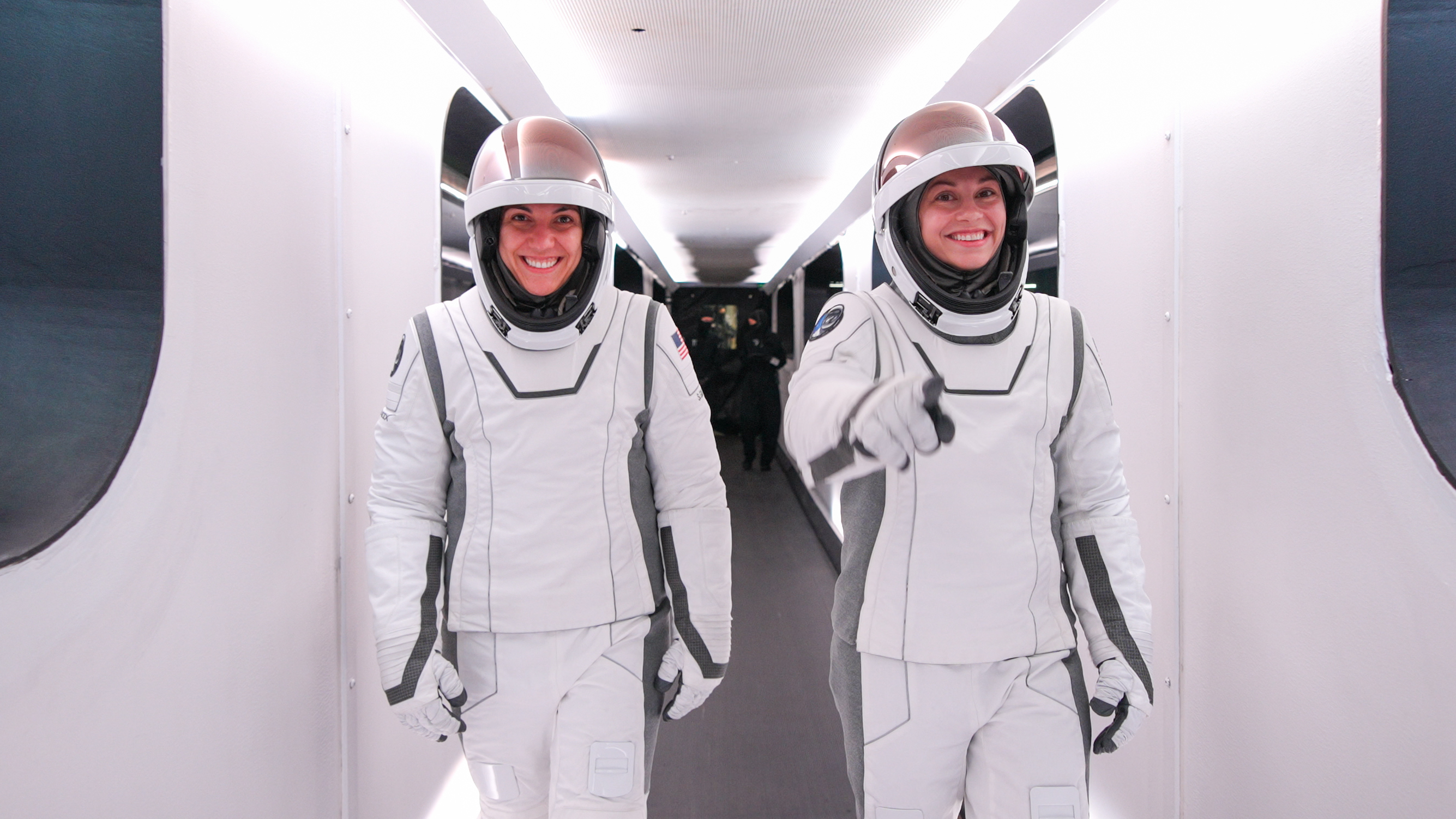· space brief · 4 min read
Space Brief 16 Apr 2025
Today's highlights include Pulsar Fusion's groundbreaking nuclear rocket plans, partnerships for the Haven-1 space station, and a spotlight on military collaboration in quantum technology.

📄Top Stories
Today we explore Pulsar Fusion’s ambitious project to cut Mars travel time, welcome new collaborations for the Haven-1 space station due in 2026, and follow key developments in quantum technology for military applications. Meanwhile, NASA progresses steadily in assembling the Artemis 2 rocket for its 2026 mission.
📰Detailed Coverage
Pulsar Fusion’s Vision for Mars Mission
Pulsar Fusion has unveiled its conceptual design for the ‘Sunbird’, a nuclear fusion rocket capable of reaching speeds of up to 500,000 kph. This innovation promises to halve travel time to Mars, marking a significant advance in human space exploration capabilities.
The Sunbird rocket leverages cutting-edge nuclear fusion technology, a concept that has long been pursued in scientific circles due to its potential for high efficiency and minimal fuel requirements. This initiative could revolutionize space travel, bridging distances within our solar system faster than ever before.
Read the full story: Space.com
New Collaborations for Haven-1 Space Station
Vast Space has announced new payload partnerships for its unprecedented Haven-1 space station. The partnerships with Japan Manned Space Systems Corporation, Interstellar Lab, and Exobiosphere signal a collaborative advance towards expanding commercial research in low Earth orbit.
Designed as a single-module space station, Haven-1 is set to enhance humankind’s presence in space through the deployment of cutting-edge research experiments, potentially fostering breakthroughs in various scientific and industrial sectors. This marks a significant milestone in the commercialization of space.
Read the full story: Space Explored
Quantum Advances for Military Applications
The Air Force Research Lab has awarded PsiQuantum $10.8M to explore experimental quantum chips. This contract highlights the growing intersection of quantum computing and defense, as the chips aim to use light particles for potentially superior performance over traditional electronic methods.
The collaboration grants the Air Force access to industry-leading manufacturing processes, which could pave the way for quantum technologies in various military applications, emphasizing enhanced computational power and advanced problem-solving capabilities.
Read the full story: Breaking Defense
NASA’s Progress on Artemis 2
NASA is making significant strides in its Artemis 2 mission, focusing on integrating key components of the Space Launch System (SLS). The core stage is now complete, following the successful addition of the Launch Vehicle Stage Adapter.
Artemis 2 marks the first crewed mission around the Moon, highlighting NASA’s commitment to returning humans to the lunar surface. This mission is a vital step towards sustainable human exploration of the Moon and Mars, potentially influencing future satellite and spacecraft development.
Read the full story: Space Explored
🛰️Satellite Spotlight
- Satellite Name: LIANGXI (DI’ER-1)
- NORAD ID: 58586
- Launch Date: 2023 Dec 16
- Mission: Micro-gravity
- Orbit: Inclination 97.4369°, Period 92 minutes, Eccentricity 0.0005075
- Operator: ZYK
- Fun Fact: This micro-gravity mission leverages cutting-edge solar cells to power its instruments.
Current TLE Data:
1 58586U 23199A 25106.15368429 .00106904 00000+0 13639-2 0 9991
2 58586 97.4369 234.8395 0005075 289.6070 70.4638 15.58915229 74539Track this satellite in real-time on our web app: Track LIANGXI (DI’ER-1)
🚀Upcoming Space Launches
April 16
- Northrop Grumman Space Systems Minotaur IV:
- NROL-174 from Vandenberg Space Force Base, CA, USA (19:00 UTC)
- Classified payload for the U.S. National Reconnaissance Office.
April 18
- Firefly Aerospace Firefly Alpha:
- FLTA006 (Message in a Booster) from Vandenberg Space Force Base, CA, USA (13:37 UTC)
- Sixth flight of the Firefly Alpha small satellite launcher, launching the demonstration mission for Lockheed Martin’s new LM400 satellite bus.
April 19
- SpaceX Falcon 9 Block 5:
- NROL-145 from Vandenberg Space Force Base, CA, USA (10:41 UTC)
- Tenth batch of satellites for a reconnaissance satellite constellation built for the National Reconnaissance Office.
April 21
- SpaceX Falcon 9 Block 5:
- Dragon CRS-2 SpX-32 from Kennedy Space Center, FL, USA (08:15 UTC)
- 32nd commercial resupply services mission to the International Space Station operated by SpaceX.
April 24
- SpaceX Falcon 9 Block 5:
- Starlink Group 11-9 from Vandenberg Space Force Base, CA, USA (22:22 UTC)
- A batch of satellites for the Starlink mega-constellation - SpaceX’s project for space-based Internet communication system.
April 25
- SpaceX Falcon 9 Block 5:
- Starlink Group 6-74 from Cape Canaveral Space Force Station, FL, USA (01:32 UTC)
- A batch of satellites for the Starlink mega-constellation - SpaceX’s project for space-based Internet communication system.
April 29
- Arianespace Vega-C:
- Biomass from Guiana Space Centre, French Guiana (09:15 UTC)
- European Space Agency mission designed to measure the density of carbon stored in the world’s forests.
April 30
- United Launch Alliance Atlas V 551:
- Project Kuiper (KA-01) from Cape Canaveral Space Force Station, FL, USA (00:00 UTC)
- Project Kuiper’s mega constellation aimed to offer broadband internet access.
- Gilmour Space Technologies Eris-1:
- Maiden Flight from Bowen Orbital Spaceport (00:00 UTC)
- Maiden flight of Gilmour Space’s orbital launch vehicle Eris.
- SpaceX Falcon 9 Block 5:
- Bandwagon 3 (Dedicated Mid-Inclination Rideshare) from Cape Canaveral Space Force Station, FL, USA (00:00 UTC)
- Dedicated rideshare flight with dozens of small microsatellites and nanosatellites for commercial and government customers.
Note: Launch dates and times are subject to change due to technical or weather considerations.

Maurice Stellarski



